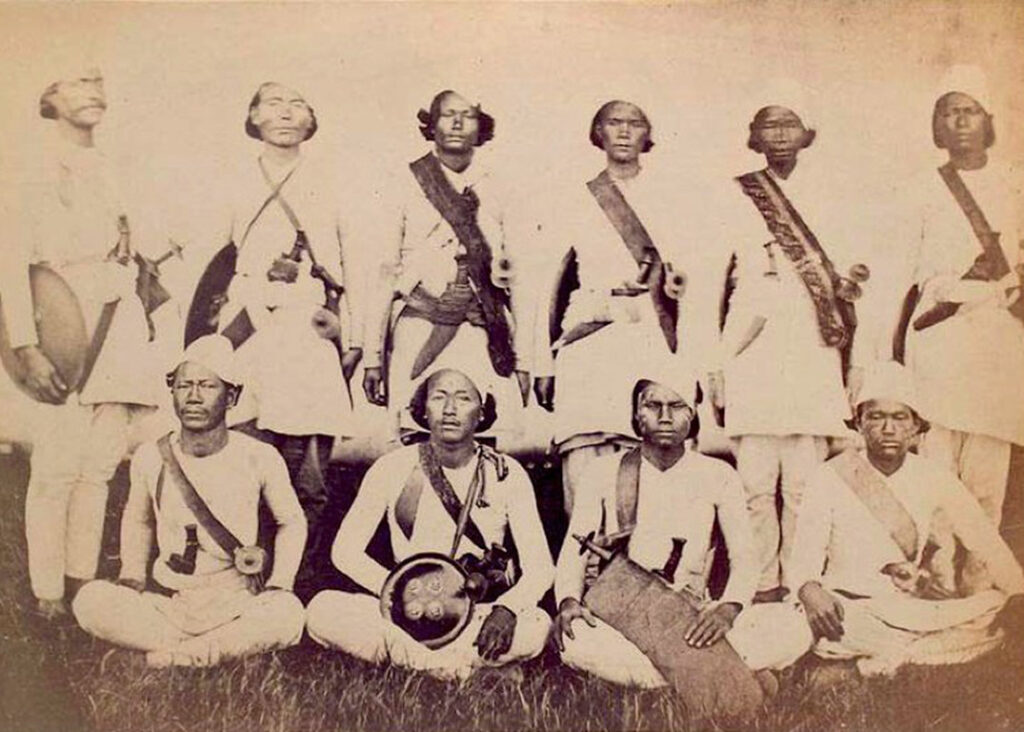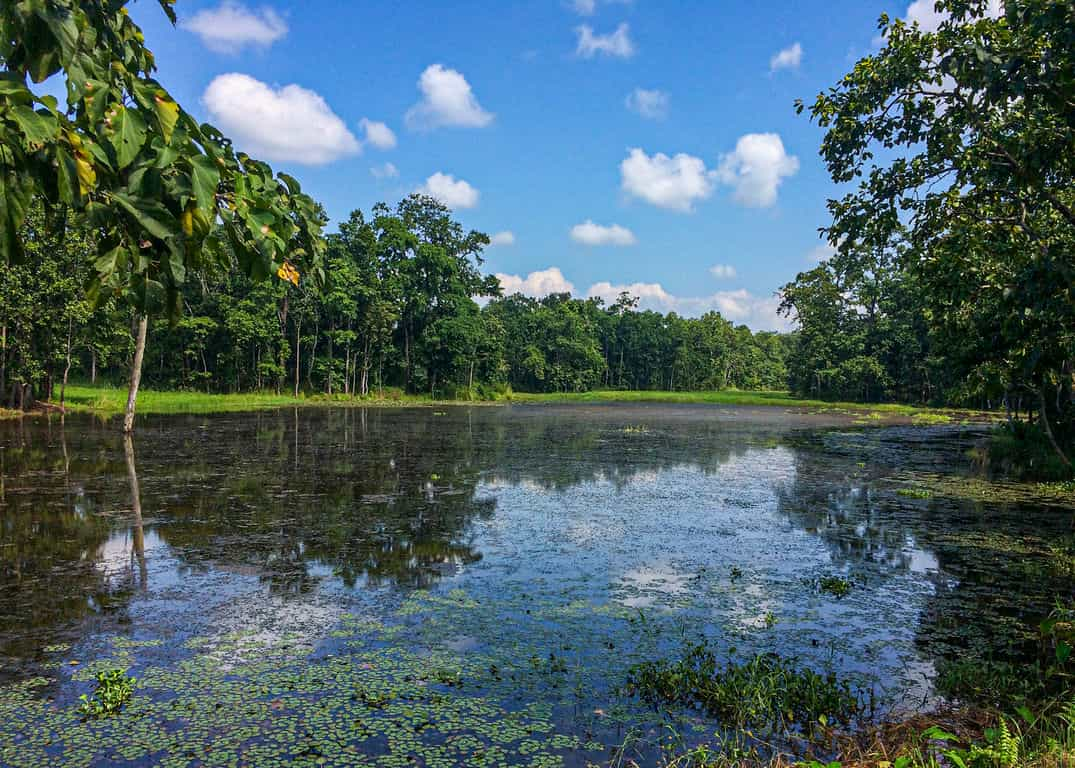Birendra Lake is a freshwater lake located in the Gorkha District of northern central Nepal on the Manaslu glacier. It is near Punhyen Glacier and Gompa in Samagaun It sits at an elevation of around 2,300 meters (7,550 feet) above sea level in the Himalayas. This lake is the pilgrimage site for the people and a sacred place for the Gorkha.
It is a place of deep spiritual reverence, community tradition, and environmental guardianship for the people who call this region home.
Facts about Birendra Lake
The lake is named after King Birendra who was the former monarch of Nepal who ruled from 1972 to 2001. The lake is believed to have been formed thousands of years ago through natural geological processes in the Himalayan mountains. It has long been an important part of the local culture and traditions of the Gorkha region.
Over the centuries, The Lake has held religious and spiritual significance for the people living in the surrounding communities. Hindu and Buddhist pilgrims have visited the lakeside temples and shrines to perform rituals and seek blessings.

In more recent history, Birendra Lake has become a popular tourist destination, drawing visitors from Nepal and abroad to experience its natural beauty and serenity. The Nepalese government has worked to develop infrastructure and facilities around the lake to accommodate increasing numbers of tourists.
Today, Birendra Lake remains an iconic natural landmark of the Gorkha district, celebrated for its picturesque Himalayan setting and important cultural heritage. It continues to hold a special place in the hearts and minds of the Nepalese people.
Flora and fauna
Birendra Lake is compared with the Manaslu conservation area. so you can find similar fauna and flora in the Manaslu conservation area. so it is the home of 33 different species of mammals, 110 species of birds, 11 species of butterflies, and 3 species of reptiles.
Animals like snow leopards, Himalayan thar, musk deer, and the red panda can be found around the surroundings of Taal.
Also Read: Bis Hazari Lake “Twenty Thousand Lake” of Nepal
It has inhabited 2000 species of plants, and 11 types of forests, and 50 species of medicine plants can be found in the area.
A heaven for bird watchers, the area has recorded over 110 species of birds like the bearded vultures, and lammergeier, and several more birds can be explored.
Birendra Lake and its Religious Significance
Birendra Lake is considered a sacred site by both Hindus and Buddhists in the region. There are several temples and shrines located along the lakeside that are visited by pilgrims.
Hindu rituals and ceremonies are regularly performed at the lake, including bathing, offerings, and prayers to deities. Buddhist monasteries in the area also organize spiritual retreats and meditation sessions on the shores of Lake.
Communities traditions around Birendra Lake
The local Gurung, Tamang, and Chhetri communities have strong cultural ties to Birendra Lake. It is an integral part of their identity and way of life.

Festivals and celebrations are often held around the lake, such as boating competitions, folk dance performances, and community gatherings. Local artisans produce handicrafts, textiles, and other products inspired by the natural beauty and cultural significance of Lake.
Entry Fees and Documentation
Entry fees
There you should pay a small amount of fee for entry to visit Birendra Lake. It costs NPR 300 for foreigners and NPR 100 for Nepali people.
You may also like: Tilicho Lake | One of the Cleanest Lake in Nepal
Documentation
You need to register with the local authorities before visiting Birendra Lake, you can register at the checkpoint in the village of Samagaun. You need to provide your identity there like name, nationality, and passport number.
How to get there
The best way to get to Birendra Tal is to trek from the village of Samagaun. The small village is located in the Manaslu conservation area. it takes around 2 days to trek from Samagaun to Birendra Lake.
To get to Samagaun, you can take a bus or jeep from Kathmandu. The bus rides take around 7 hours and the jeep rides takes around 6 hours. Once you reach Samagaun, you need to register with the local authorities before trekking to Birendra Lake.
If you are not interested in trekking, it is a good idea to hire a guide and porter to help you with your trek to Birendra Lake. There are a number of tour operators in Kathmandu that offer trekking packages.
The best time to visit Birendra Lake
Birendra Lake is open to visitors all year round. But the best time to visit is during the spring (March-May) and during autumn (September – November), when the weather is mild and sunny. The lake is frozen during the winter, so it is not possible to visit during this time. But it’s your choice when to visit as it is open all year round.







